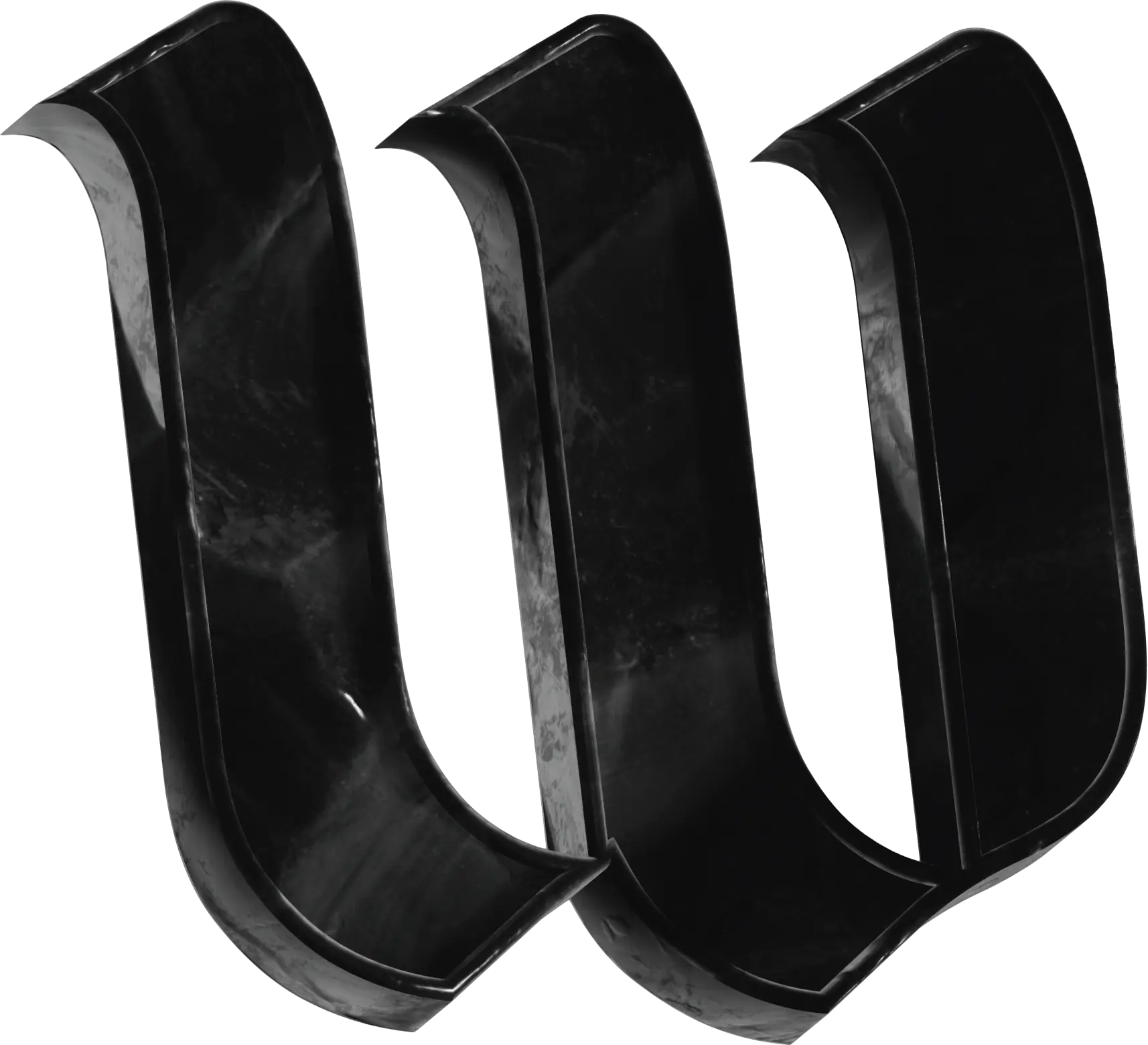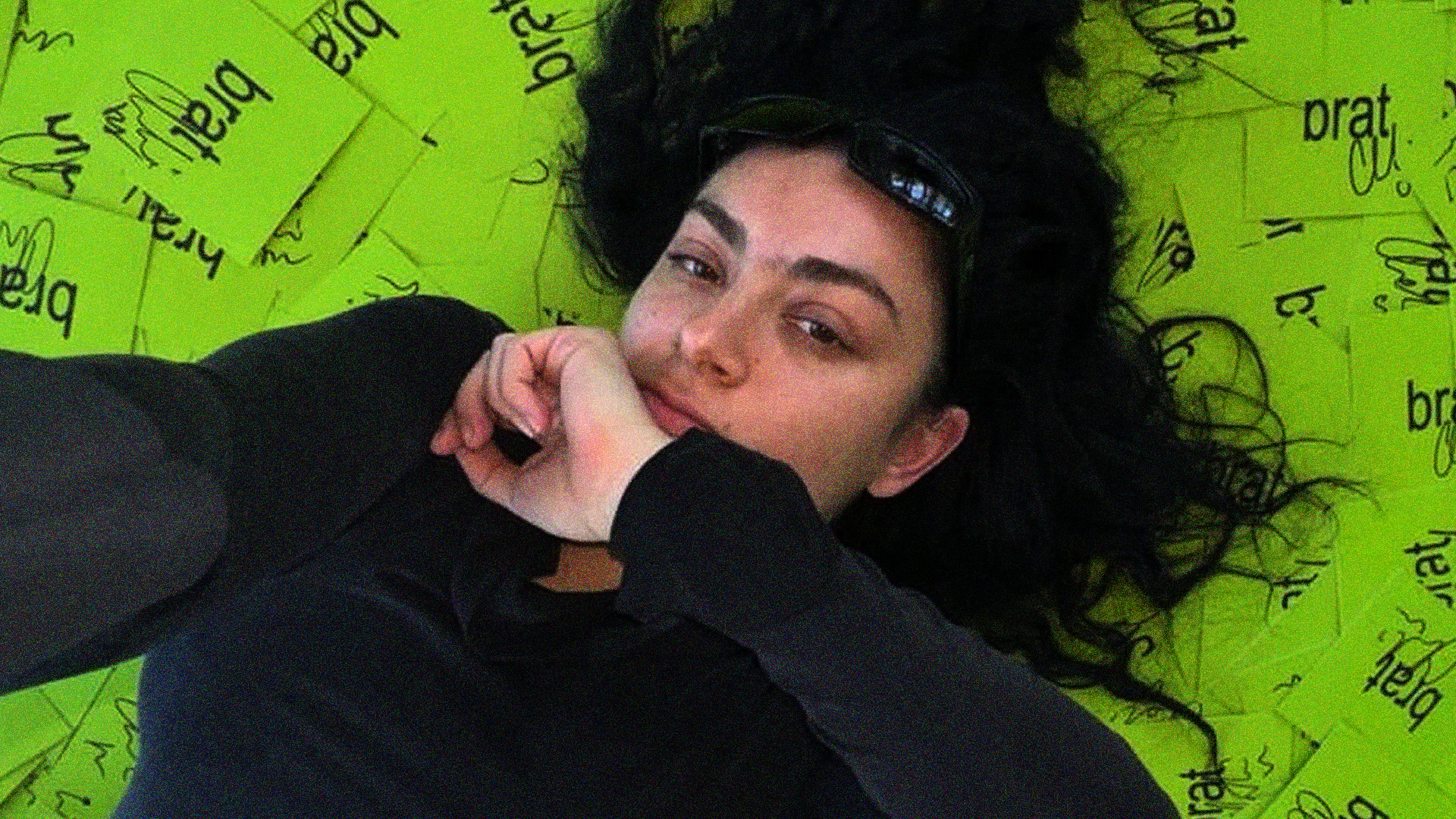This June, popular culture was drenched in a frankly putrid shade of green, officially marking the summer of 2024 as “Brat Summer,” inspired by Charli XCX’s sixth studio album, Brat. The cover art for this album is abrasive in its minimalism: the background is dominated by a vivid, unsettling shade of “puke” green, instantly conveying that something is deeply wrong. The typography, using the Swiss font Arial, spells out ‘brat’ in lowercase, distorted as an afterthought. This artwork echoes Y2K nostalgia and quickly alienates viewers from any romanticised expectations of the album.
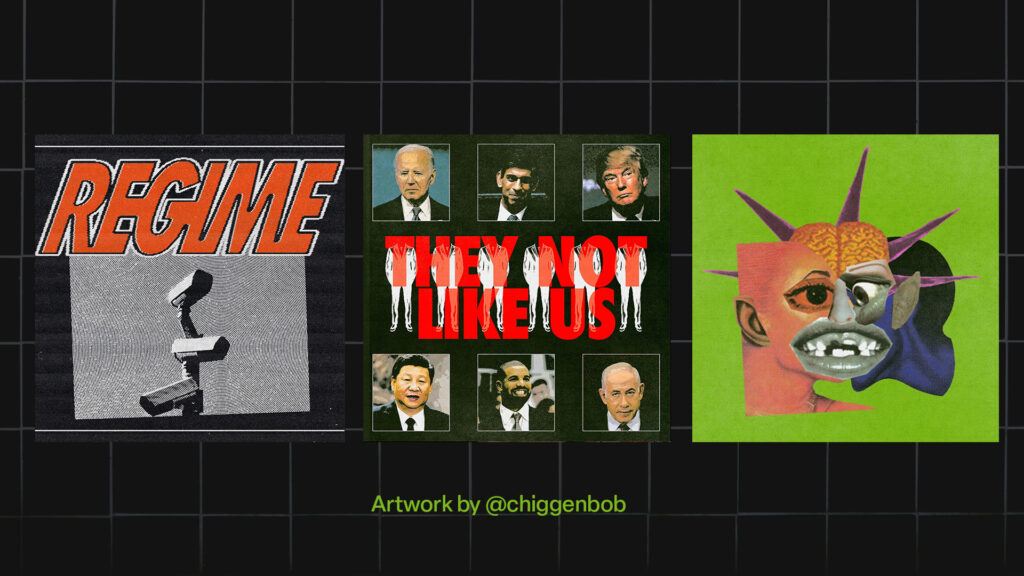
The release of Brat not only marked a significant moment in Charli XCX’s career but also triggered a rapid cultural shift as fans eagerly adopted the album’s distinctive aesthetic. Within days of its release, social media platforms were flooded with users embracing the “Brat” look—neon green tones, sharp, minimalistic designs, and a defiant attitude became hallmarks of this new trend.
What’s particularly noteworthy about this summer is how distinctly it contrasts with those that preceded it. The aesthetic of “Hot Girl Summer,” popularised by Megan Thee Stallion, is polished and glamorous, often associated with vibrant colours, luxurious settings, and a carefree, sun-soaked vibe. It idealises an expectation of how things should be, creating a world untouched by inconvenience, ugly truths, or discomfort. This aesthetic promotes an image of confidence and enjoyment, a utopian escape from the realities of daily life.
In stark contrast, “Brat Summer” embraces a more abrasive, raw aesthetic that invites us to confront reality head-on. The “puke” green of the Brat cover is not merely an eye-catching choice but a deliberate statement about the dissonance between outward appearances and internal realities. The cover’s unsettling hue reflects a broader sense of chaos and discomfort that characterises the current cultural moment.
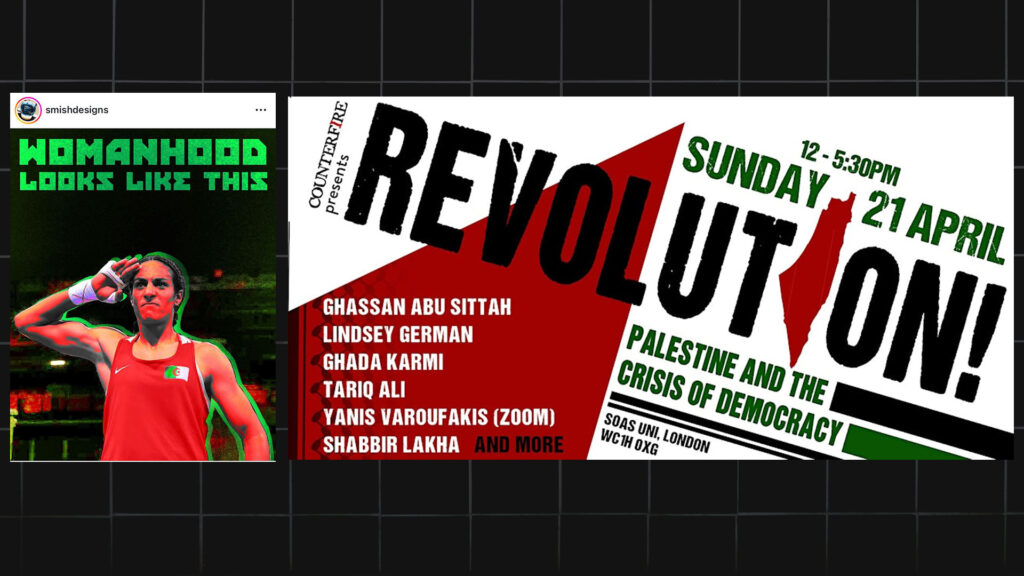
This embrace of chaos and discomfort resonates deeply with younger consumers facing a world fraught with untameable doom—wars, genocide, and climate crises. The sense of rebellion and alienation depicted in Brat reflects a broader cultural response to these crises. The album makes a sharp deviation from traditional aspirations and tilts the cultural axis further towards individualisation and deviations from the norm. In a time when many are seeking to push back against the polished and predictable, Brat provides a raw, unfiltered voice.
The infectious nature of the Brat aesthetic lies in its blend of the offbeat and the accessible. Initially unsettling, the album’s visual language quickly became a canvas for self-expression. Fans and artists alike began replicating and reinterpreting the “puke” green and distorted fonts in fashion, digital art, and beyond, turning the Brat aesthetic into a meme—a cultural touchstone spread through imitation and adaptation. The rapid adoption of this aesthetic highlights a collective shift towards embracing more disruptive, unconventional forms of self-expression.
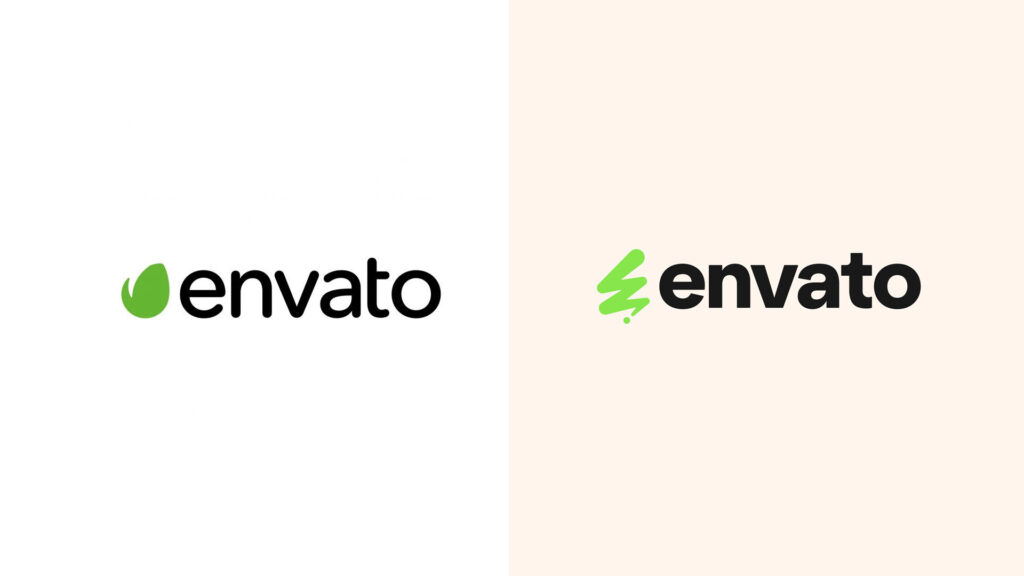
In fact, the disruption in aesthetic sensibilities can be observed in the world of branding as well, with emerging brands adopting an almost avant garde approach when it comes to representing their brands visually. Even existing brands are opting to refresh their identities in favour of a bolder, almost resilient aesthetic. Envato’s new brand identity, for example, involves a brighter and bolder palette, a clean, contemporary and strong wordmark, paired with a ‘Creative Spark’ symbol that lends so much dynamism to the brand and resonating with a consumer base that craves authenticity, innovation, and boldness in the brands they engage with.
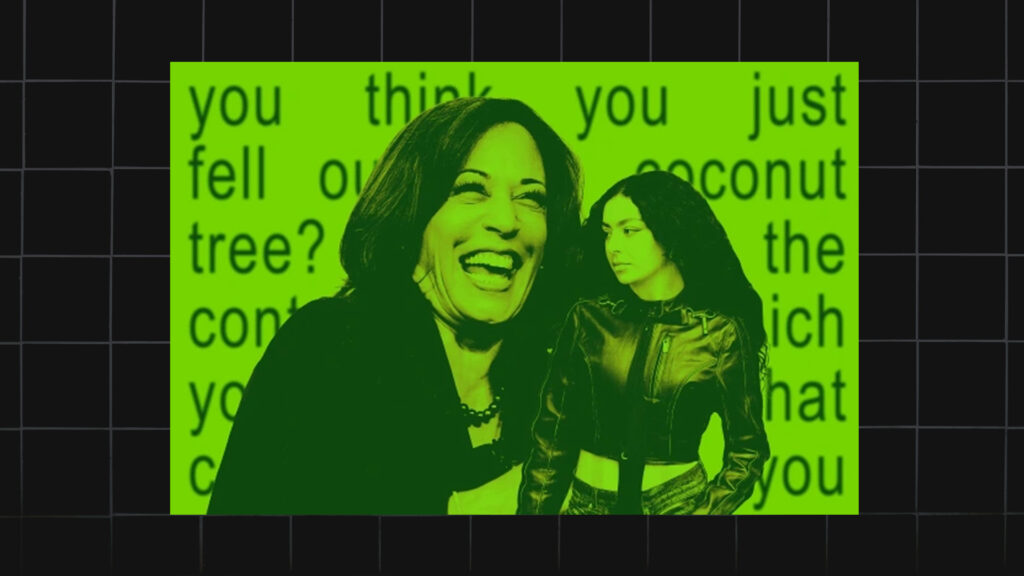
In the past, art and design often served as escapist fantasies or ideals of perfection. Today, there’s a growing recognition that confronting harsh realities and reflecting genuine experiences can be just as powerful, if not more so. This approach is evident in the way the Brat aesthetic has resonated with audiences—it captures a mood of defiance and discontent that aligns with the broader cultural climate.
In summary, the rise of Brat and its associated aesthetic underscores a significant cultural shift. By embracing chaos, discomfort, and rebellion, Charli XCX’s album reflects the anxieties and aspirations of a generation grappling with a turbulent world. The transition from the polished idealism of “Hot Girl Summer” to the raw authenticity of “Brat Summer” highlights a broader movement in design and art towards addressing real-world issues with unfiltered honesty.
